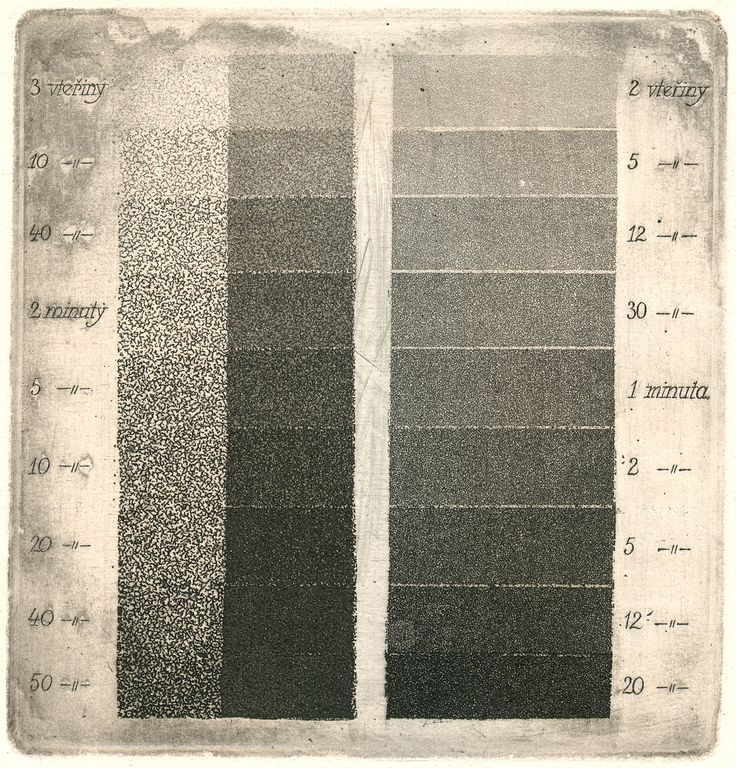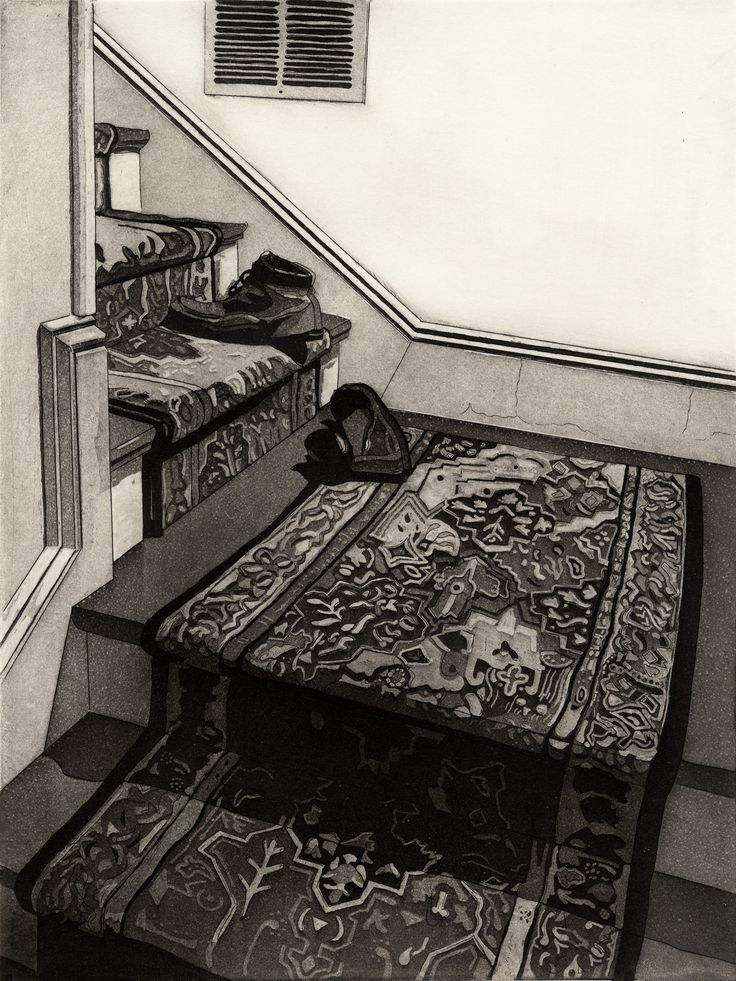Aquatint
Aquatint printmaking process, is an intaglio printing technique, was born from the inventive spirit of artists in the 18th century. It continues to captivate contemporary audiences with its ability to convey depth, texture, tonal effects and emotion. Its rich history, marked by the contributions of visionaries like Goya, has cemented aquatint as a distinctive and timeless form of artistic expression in the history of printmaking. As artists explore new possibilities and push the boundaries of this intaglio technique, it remains a testament to the enduring allure of traditional artistry in the modern world.
Origins
The rich history of aquatints and etching, marked by the contributions of pioneering artists, has left an indelible mark on the world of intaglio printing technique.
Early Experimentation (Mid-18th Century)
The origins of aquatint printmaking can be traced to mid-18th century France. Printmaking artists were actively experimenting with various techniques to expand the expressive possibilities of intaglio printmaking, which includes etching and engraving. During this period, Jean-Baptiste Le Prince is often credited with the early development of this technique in around 1768. His experiments laid the groundwork for the refinement of the technique.
Francisco Goya and the Rise of Aquatint Etching (Late 18th Century)
The widespread recognition of this method as an artistic medium is often attributed to the Spanish painter and printmaker Francisco Goya. In the late 18th and early 19th centuries, Goya’s masterful use of aquatint elevated the technique to new heights. Goya’s series of prints, such as “Los Caprichos” and “The Disasters of War,” showcased the potential of aquatint and etching in conveying powerful and emotionally charged imagery.
Evolution (19th Century)
After Goya’s aquatints, the techniques have gained popularity across Europe. Printmaking artists began to explore and experiment with the technique, adapting it to their own styles and subjects. It was used in both commercial printmaking and by individual artists seeking to capture a wide range of tones and atmospheric effects in their prints.
Innovation (20th Century)
In the 20th century, printmaking artists continued to push the boundaries of aquatint, incorporating it into modern and contemporary art practices. While new technologies and methods emerged, traditional techniques retained their allure for artists interested in the meticulous craft of intaglio printmaking.
Characteristics of the Aquatint Process
The aquatint etching involve a process that combines elements of etching and tonal effects. Unlike traditional etching, it is particularly renowned for its ability to produce subtle gradations of tone, resembling the softness of watercolour washes.
The aquatint printmaking process begins with a metal plate, usually made of copper or zinc, which is coated with a fine powder of rosin. The rosin acts as a resistor, protecting certain areas of the plate from acid.
The plate is then heated, causing the rosin particles to adhere to the metal surface. By controlling the degree of heat and the duration of exposure, printmaking artists can achieve different levels of graininess in the resulting print. The intricate steps of this technique set it apart from other intaglio printing techniques, allowing for the creation of a broad spectrum of tones.
Next, the artist applies an acid-resistant substance, often a liquid or varnish, to the areas of the plate they want to preserve from the acid. The plate is then immersed in an acid bath, which bites into the exposed metal. The longer the plate is left in the acid, the deeper the lines will be etched. The acid bites between the rosin particles, creating a multitude of tiny dots and shades that hold the ink during the printing.

Aquatint Techniques
The aquatint printmaking technique involves inking the entire plate, and then carefully wiping away excess ink from the surface. The plate is pressed onto dampened paper, transferring the ink from the etched part of the plate to the paper. The result is a print characterized by a wide range of tonal effects and values, from deep shadows to delicate highlights.
Artists often experiment with multiple plates, using various techniques to achieve complex and different effects. The versatility of this technique allows for a wide range of artistic interpretations, from realistic landscapes to abstract compositions.

Aquatints is renowned for its ability to achieve the effects of watercolour washes, making it a favoured intaglio technique among printmaking artists for capturing depth, atmosphere, and emotive qualities in their prints. This distinctive graininess allows for the creation of a broad spectrum of tones in the final artistic print.